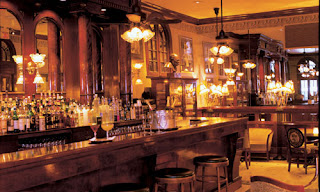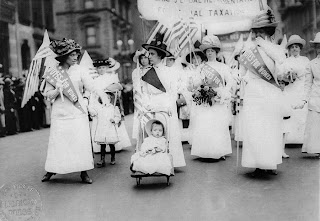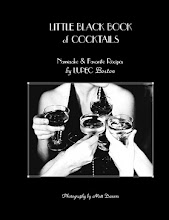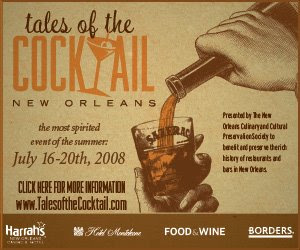
Born in 1849 in Pearlington along the Mississippi River, Eliza Jane Poitevent became the first woman owner and publisher of a major daily newspaper in the United States, the New Orleans Times-Picayune.
Eliza began her career as a poet under the pen name Pearl Rivers. In 1870 she was offered the position as literary editor at the Picayune. Against the wishes of her family she moved to New Orleans and joined the male work force as the first woman in Louisiana to make a living at a newspaper. Two years later Eliza married Col Alva Morris Holbrook, the owner and publisher of the Times Picayune.
In 1876 Holbrook died, leaving the paper $80,000 in debt. Eliza's family encouraged her to declare bankruptcy, but Eliza persevered and at the age of 27 she became the editor and publisher of the Times Picayune. Although some of the staff left, the majority remained at the paper showing their loyalty to Eliza. Under her management the Picayune evolved into a family paper which included departments for women, children, fashion and household hints. As a philanthropist, Eliza used the editorial page to speak out against cruelty to animals. Eliza incorporated elements of the modern syndicated newspaper, thereby tripling the circulation of the Times Picayune from 1880 to 1890.
And now a toast to Pearl Rivers!
Cocktail a la Louisiane
1 oz Rye
1 oz Sweet Vermouth
1 oz Benedictine
3-4 dashes Absinthe
3-4 dashes Peychaud Bitters
Stir in a glass with ice. Strain into a chilled cocktail glass in which has been placed a maraschino cherry.
Cheers!









